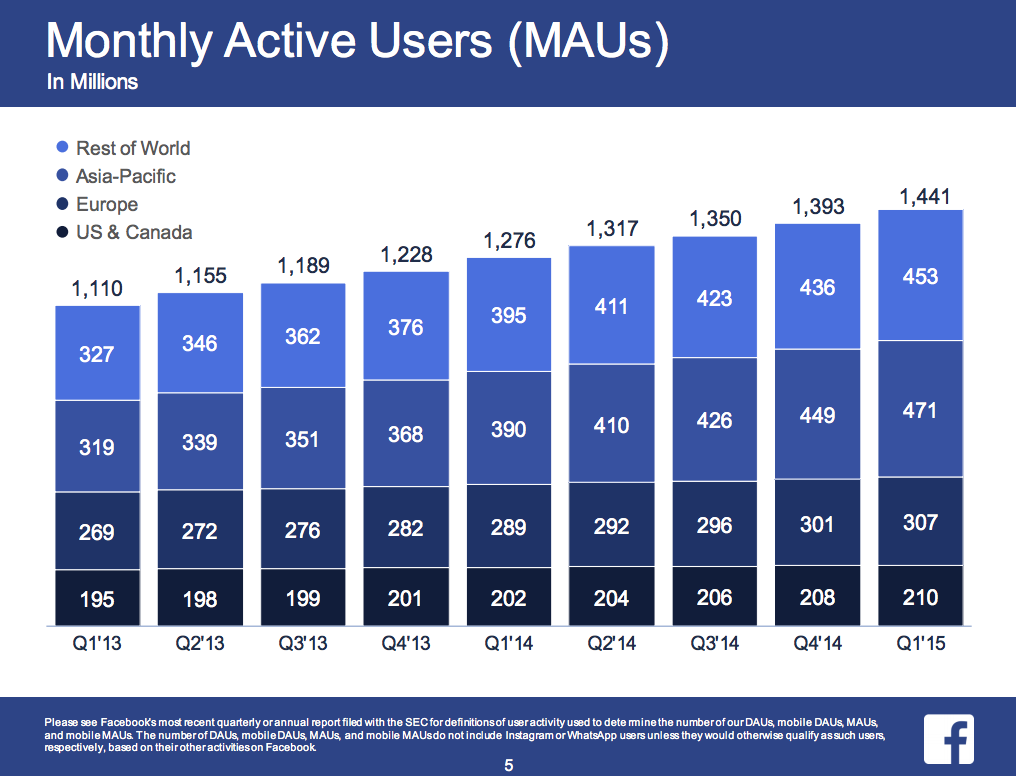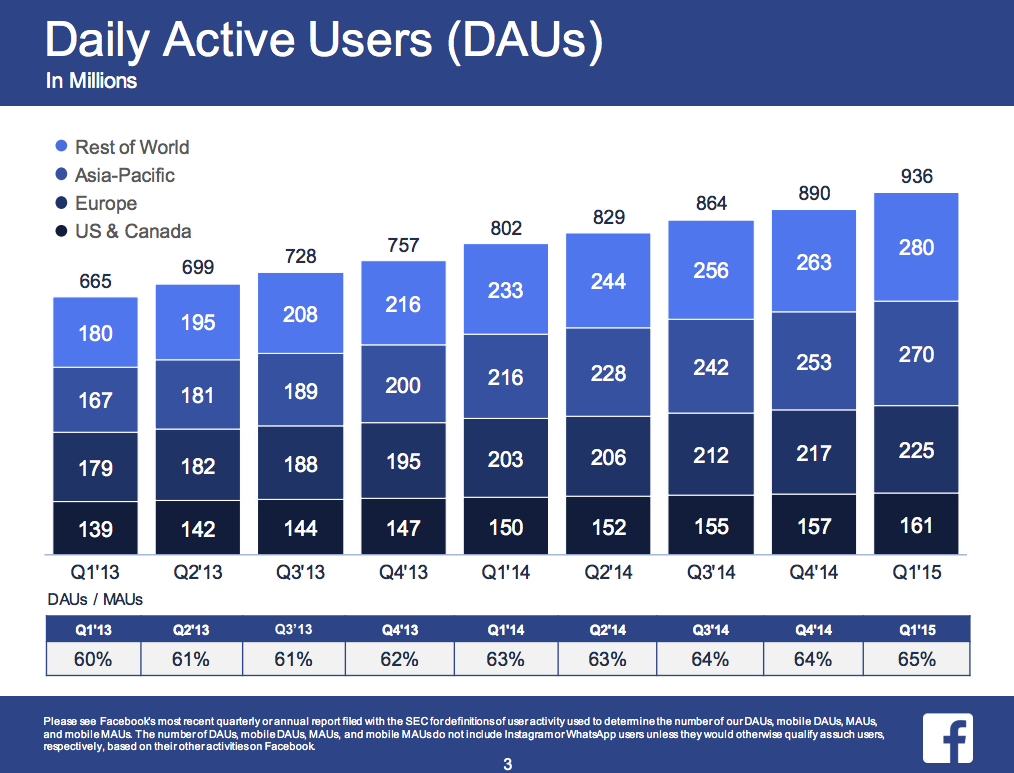With all the headlines Jet.com is receiving and the recent raise of $140 million valuing the company at $600 million, I figured I had to try out the service.
In order to meet the free shipping threshold of $35.00, I decided to purchase a fairly routine purchase of 2 pairs of underwear. The list price was $21.00 per unit but I was able to save several dollars by paying with a debit card and forgoing the option to return the items. Total price was $18.81 per unit for a total of $37.62. Upon checkout, I was told the item would be delivered in 2-5 days from Jet.com Trusted Retail Partner. The order was on 5/2, shipped that same day and delivered on 5/7. Upon receiving the shipment, I found that the items were shipped by Nordstrom. The packing slip and packaging was labeled Nordstrom.
Jet.com Advantages
By acting as a referral platform for other ecommerce stores, Jet.com holds no inventory and eliminates most of the risk most retailers face. The transparent price savings through payment method choice and providing sales with a no return policy allows Jet.com to provide savings to both the customer and retailer. The model is clean and ultimately provides a compelling value to any online shopper that doesn't care about which retailer ships their order.
Retailer Implications
More eyes on products leads to more sales. Better sell throughs lead to more productive inventory. However, retailers are paying for these sales and would prefer the sale to come through their own site. Additionally, the retailer doesn't own the end customer and doesn't have the ability to market to that customer for future orders.
Model Sustainability
The model is sustainable as long as Jet.com drives traffic to their site and retailers are willing to place product on Jet.com. Drop shipping direct to customer is a trend that most brands are familiar with and I believe retailers will continue to fuel online sales using this method.
Bottom Line
Jet.com is onto something. They have replicated the Amazon and Alibaba marketplace model in much cleaner way. Jet.com will be successful earning affiliate fees through sales, eventual membership fees and minimizing inventory risk. If growth ever sputters, they will eventually need to take on inventory.







